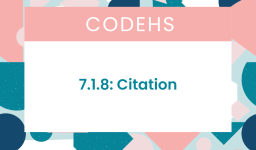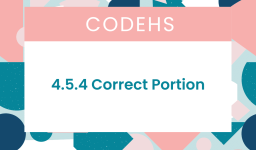The most common answer is:
Enter your code here
num_apples = 20
print(“Number of apples: ” + str(num_apples))
num_oranges=15
print(“Number of oranges: ” + str(num_oranges))
num_apples=20
print(“Number of apples: ” + str(num_apples))
num_oranges=0
print(“Number of oranges: ” + str(num_oranges))This code is intended to print the number of apples and oranges by converting the integer values to strings for concatenation with the text.
To ensure proper syntax in Python, especially regarding the use of standard ASCII quotation marks, here’s the corrected and streamlined version of your code:
num_apples = 20
print("Number of apples: " + str(num_apples))
num_oranges = 15
print("Number of oranges: " + str(num_oranges))
# If there's a change in the number of apples or oranges, update the variables accordingly
# For example, if the number of apples remains 20 and oranges changes to 0
# No need to reassign num_apples=20 since it's already 20 from the initial assignment
num_oranges = 0
print("Number of apples: " + str(num_apples))
print("Number of oranges: " + str(num_oranges))
The repetition of num_apples = 20 before the second print statement for apples is unnecessary unless there’s a change in the number of apples. If the number of apples remains the same, you can directly print their count without reassigning the variable.



